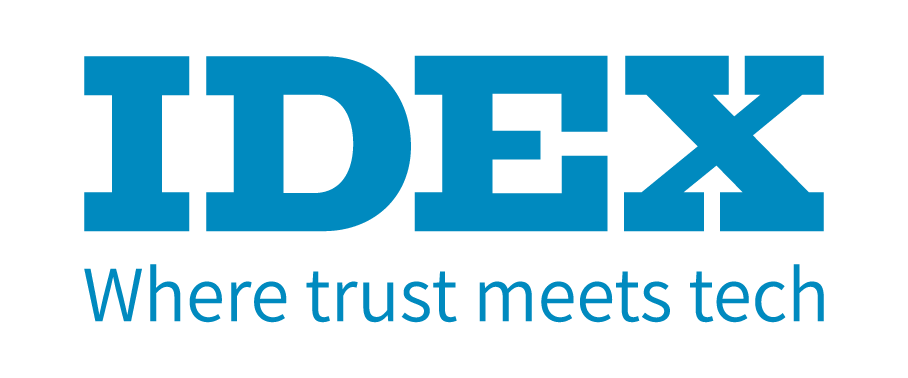IDEX Online Research: Gold Jewelry Average Ticket Moves Up
June 20, 07
After showing a relentless decline during the decade of the 1990s, the average retail price per unit for gold jewelry stopped falling earlier in the current decade. If results from 2006 are any indication of future trends, it is possible that the average retail price for a piece of gold jewelry will be headed higher.
Many factors affect the average retail price of gold jewelry. For example, the shifting sales mix in the U.S. market between 18 karat, 14 karat and 10 karat gold affects the average ticket. The amount of gold in a piece of jewelry has an impact on the final selling price. Certainly, the price of gold has a major impact on the price of gold jewelry.
Ultimately, however, the shopper determines the price threshold for a piece of gold jewelry. Based on historical shopping patterns, it appears that most American consumers are willing to spend $75-80 on a piece of gold jewelry. Because the average retail price per piece is so consistent from year to year, it is clear that consumers look at gold jewelry as a fashion accessory – which is worth only so much money – rather than as an investment or a valuable asset for which they are willing to pay a higher price to capture the rising price of gold.
Said another way, if consumers were buying gold jewelry for its investment value, they would likely have spent 35 percent more per piece of gold jewelry in 2006 to get the equivalent gold content that was in the same piece of gold jewelry in the prior year. This reflects the sharp rise in the average price of gold from $445 in 2005 to $603 in 2006. Since consumers didn’t spend an average of 35 percent more per piece in 2006 – they actually spent 1 percent more per piece – it is clear that they are not buying gold jewelry for its gold content. Rather, they are buying it for its fashion look.
The lesson for retail jewelers: it is all about having the right retail price points for gold jewelry.
Average Ticket for Gold Jewelry Up Slightly
The average retail price per unit – roughly equivalent to the average ticket – for a piece of gold jewelry was $76.70 in 2006, up about 1 percent from the prior year’s $76.01 per unit. However, since the current statistics have been kept – 1993 to present – the average ticket for a piece of gold jewelry has fallen by nearly 15 percent from $89.27 in 1993 to $76.70 in 2006.
The graph below summarizes the average unit price of a piece of gold jewelry in the U.S. market since 1993.
| Gold Jewelry |
Gold Jewelry Hot Price Point: $75-80 in the U.S. Market
When the price of gold is compared to the average ticket for a piece of gold jewelry, it is clear that there is no correlation between these two factors. Gold prices may fluctuate, but consumers appear to be more concerned with keeping a rein on their budgets.
Thus, as the price of gold rises, they are willing to cut back on the amount of gold in their jewelry, in an effort to meet a predetermined retail price threshold – in the case of gold, it appears that this retail price threshold is around $75-80.
We note that this is diametrically opposed to how consumers adjust their spending related to the price of gasoline for their autos. If they spent money for gasoline like they spend money for gold jewelry, the number of gallons pumped weekly in the U.S. would decline as the price of gasoline rose.
This example, comparing gasoline demand vs. price and gold jewelry demand versus price, illustrates how difficult it is to predict consumer spending trends. They are price-sensitive to some merchandise categories – gold jewelry, for example – while they are much less price-sensitive to others. At some point, however, price elasticity kicks in, and demand will weaken significantly if the price climbs high enough.
The price of gold on an annual basis is shown on the graph below.
Gold Price
US$ Per Ounce
Source: Kitco
The average price per ounce of gold in 1993 was $360
Gold Price Volatility Does Not Correlate With Retail Jewelry Prices
While gold prices may rock and roll, retail prices of gold jewelry reflect much more stability and tend to move with the price of “all jewelry”, as measured by the Jewelry Consumer Price Index.
In 2006, the average price of a piece of jewelry (all categories, including diamonds, precious metals, etc.) in the U.S. market rose by 2.4 percent. The average price of a piece of gold jewelry rose by 0.9 percent (nine-tenths of one percent). The average price of gold rose by 35 percent.
As we mentioned earlier, there may be many reasons for the average ticket of a piece of gold jewelry to remain stable. There is one more key reason why this happens: gold jewelry suppliers and retailers absorb some of the shock of gold price volatility.
Thus, because suppliers and retailers absorbing higher gold prices, their margins are squeezed. We’ve seen this trend for many years with retail jewelers. Unfortunately, there is little public information on gold suppliers’ margins, but based on some recent industry turnover, we believe they are fighting margin pressures perhaps of a greater magnitude than retailers.
The graph below illustrates the change in the price of “all jewelry” versus “gold jewelry.”
| Average Price Change - U.S. Market |

